Countdown to Mardi Gras!
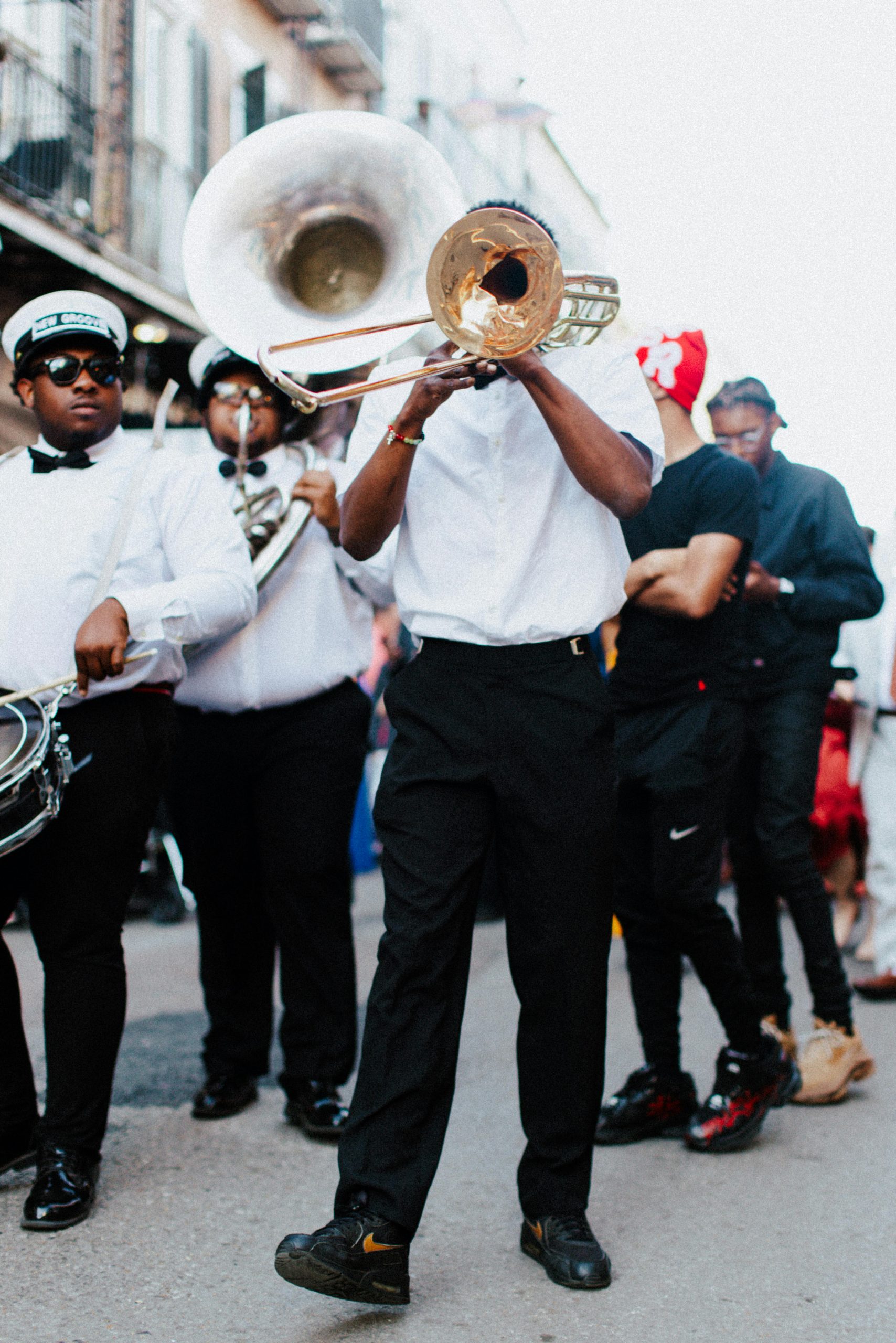
2026 Valdosta Mardi Gras Festival Parade
Hosted at Unity Park & Downtown Valdosta
Please join us for the Inaugural Valdosta Mardi Gras Parade on Saturday, February 14, 2026! Enjoy an all-day celebration including:
- Food Trucks
- Vendor Market
- Putt-Putt Golf Course
- Kids Zone
- Parade
- Live Entertainment at Unity Park and throughout Downtown Valdosta
Want to join the parade? Fill out our application to designate your float's spot!
The History of Mardi Gras
Every spring, millions of people in over fifty countries celebrate Fat Tuesday or, as it is better known to many, Mardi Gras. While traditions vary by nationality and culture, the Mardi Gras celebrations, best known in the United States, originated from the French colonial and Caribbean communities in and around modern-day New Orleans, Louisiana.
Mardi Gras is a religious holiday and a family affair. One of the most common misconceptions is largely fueled by drunken and misbehaved tourists accustomed to a special brand of partying. Carnival itself is a meat, sweets, and alcohol-fueled feast and street party that precedes the liturgical Lenten season. This is a 40-day period that lasts until Easter Sunday. Since Mardi Gras is the culmination of a month-long party, most skillful locals will avoid drinking in excess. There's no need to binge since there are plenty of activities to participate in!
Mardi Gras parades are the greatest show on Earth: Every parade is a highly public affair, put on by social clubs that spend the whole year preparing for a single day. Many Carnival clubs, officially referred to as Krewes, also fulfill philanthropic goals. If you want to throw it down, buy a ticket to one of the Carnival Krewe Balls!
We've gathered interesting facts about Mardi Gras to join the festivities. Laissez les bons temps rouler, let the good times roll!
What's the story behind the purple, green, and gold?
Let's go with the abbreviated version of why you see everything from polo shirts and headbands to food in purple, green, and gold. First, we have to mention that the color selection stems back to the Krewe of Rex in 1872. Although there are several stories as to why the colors were chosen, the truth lies somewhere in the following statement. A conclusion was drawn by the Rex founders that a king must have a kingdom, and a kingdom must have a flag," - and because the United States, Great Britain, and France had tricolored flags, so should the flag for Carnival. But why purple, green, and gold? A choice for a royal made purple the obvious. Now every king's coat of arms has a metal, so gold was the natural selection. Leaving one more color to choose, and since there are only five acceptable colors, according to the rules that determine the coat of arms, which left red, blue, purple, green, and black. Purple was already chosen, and green was the next obvious choice. Centuries later, nobody asks why, and it is too long a debate for this festive time, so grab those colors and enjoy the festival.

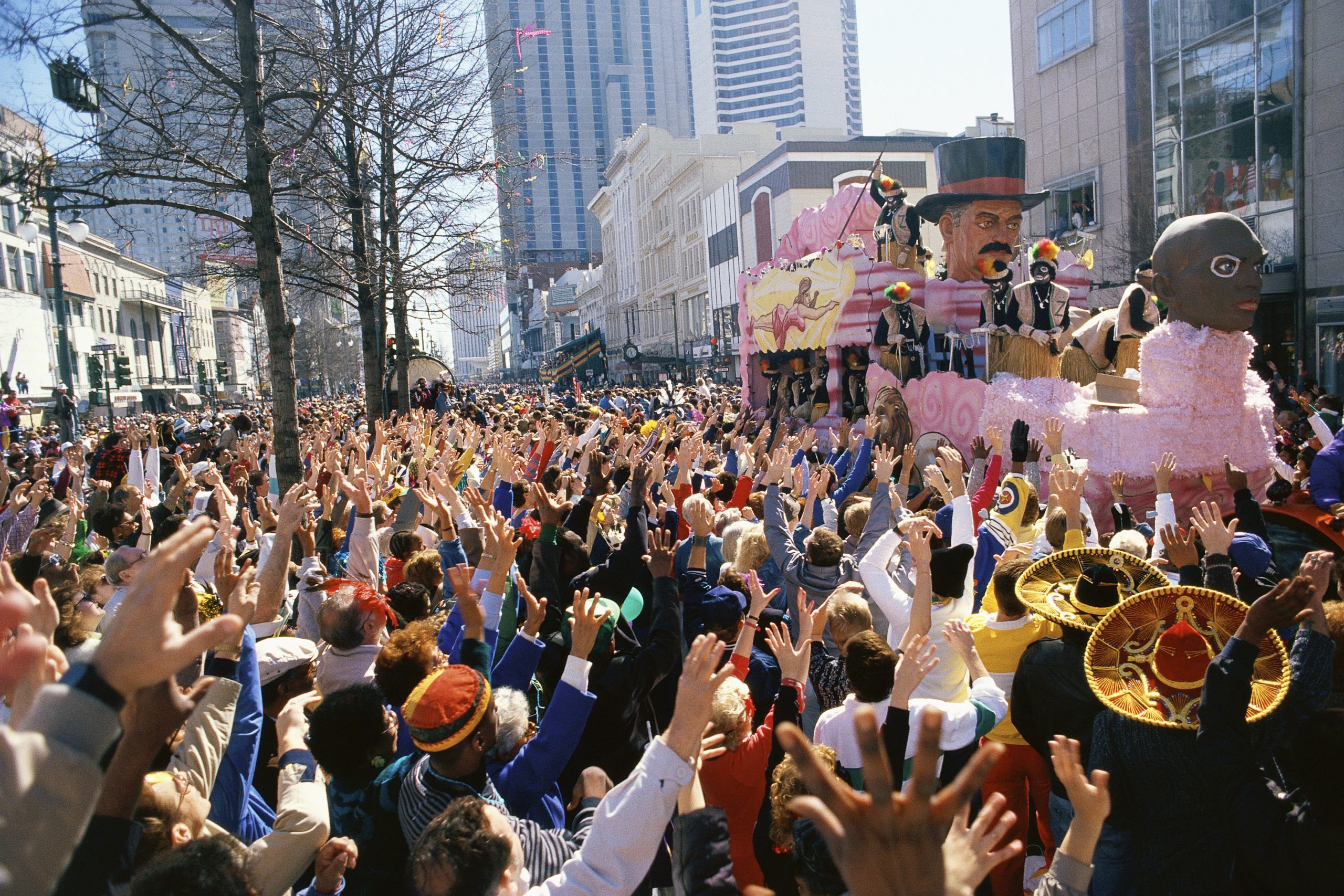


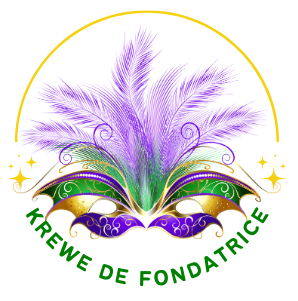
Mardi Gras Traditions
Krewes
A krewe is a group of people who are responsible for organizing a parade during Carnival season. The word krewe was originally coined by the Comus Organization in 1857 and specifically refers to the Mardi Gras
celebration.
Mardi Gras Balls
Mardi Gras Balls are a large tradition hosted by Krewes. Each year, a Krewe will select a King and Queen who work all year long for a spectacular ball. Their identity is a closely guarded secret and part of the mystique until the night of the ball.
Mardi Gras Throws
Beads, also known as throws, are typically purple, green, and gold. Purple represents justice, green is faith, and gold is power. Tossing these beads to parade-goers signifies sharing these virtues and promoting unity and joy. This tradition dates back to the late 19th century, and they were initially made of glass. No worries, back then they didn't throw them. The beads and other throws are not just random, they hold a profound meaning related to the festive spirit of Mardi Gras. The tradition of throwing and catching beads is about having fun, connecting with others, and collecting as many tokens of the festivities as possible to remember the experience.
Delicious ways to celebrate Mardi Gras
Not sure where to start? Try King Cake! According to the Christian faith, Jesus appeared to the Three Wise Men on the night referred to as Epiphany. This is the day Mardi Gras season kicks off and
revelers start eating King Cake. Some bakers put a miniature plastic baby, symbolizing the baby Jesus, inside the cake. What does this mean if you find this little bundle of joy in your piece? Whoever finds the baby in their slice is crowned "king" for the day. To take it even further, most believe this person has to provide the next king cake or host the next party. If you find yourself wondering what King Cake is, it is a sweet cinnamon bread covered in a frosting-type glaze often colored purple, green, and gold.
If you fancy fried dough and powdered sugar, look no further than beignets. You will find this delicious treat at our local restaurant, Jessie's. Looking for something a little hardier, try gumbo. Gumbo generally consists of meat (chicken or sausage) or shellfish simmered in stock and thickened with flour.
Whether you're a beginner to the festivities or an old pro, you will find this family-friendly event has something for everyone.
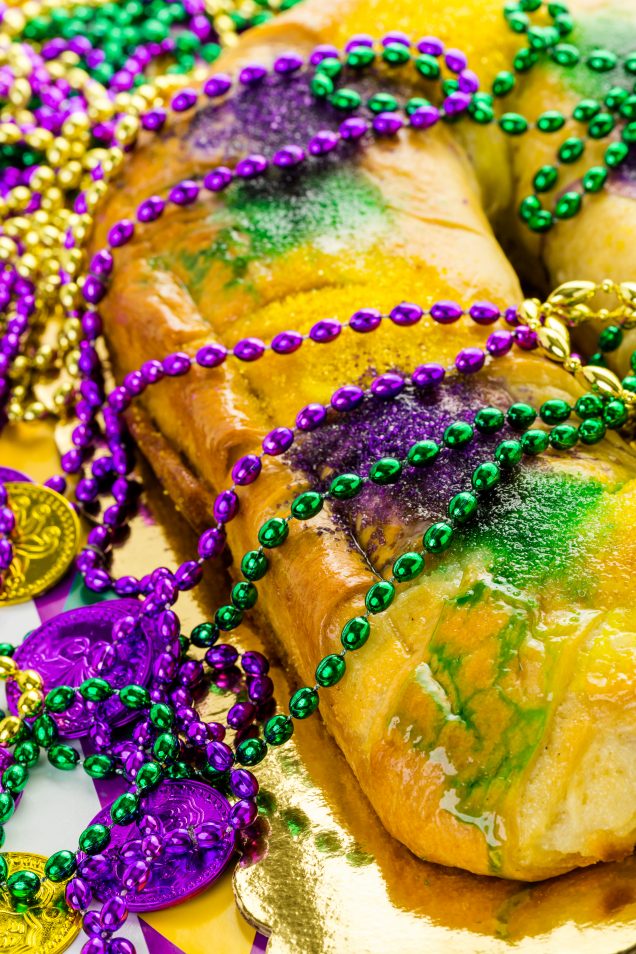
Mardi Gras Rules
What to Wear?
Dress standards can be hard to pinpoint. Some will spend a small fortune on elaborate and traditional masks and robes, while others will wear golf pants and Walmart onesie penguin costumes. All are welcome! Just plan to keep your clothing on. That whole "show your boobs" thing is a practice that was born and died on Bourbon Street- after all, this is a family event.
Don't Mess with the Parade Route or the Police
The parade rolls unobstructed through neighborhoods, making the crowd as much a part of the parade as the riders. One of the most fateful sins of Mardi Gras is obstructing the parade route. The slightest disruption makes the volunteers and police officers work a lot harder and makes for a longer night, especially for the officers working overtime.
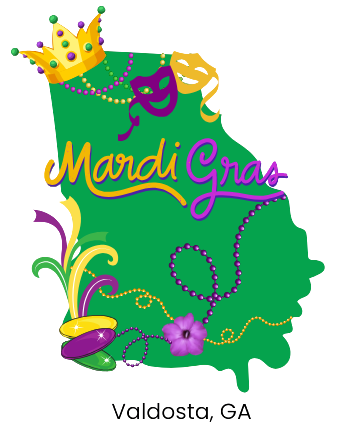
From the founders of Valdosta Mardi Gras
Krewe de Fondatrice
"Laissez les bons temps rouler!", translated in English "Let the good times roll!"
